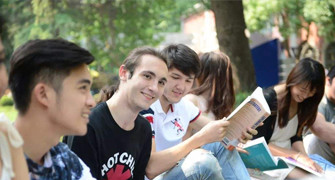FAN Ruguo(Department of Management Science and Engineering),DONG Lili
Publication:
| Energy Policy,2018(117):252-262
|
Abstract:
| How to select subsidy strategy for government in low-carbon diffusion is discussed in this paper, considering heterogeneous agents’ behavior. Firstly, four government subsidy strategies are given, and the evolutionary game models are constructed including enterprises and consumers. Then seven diffusion scenarios are analyzed according to different initial states, and discussed in two situations, that is, when there is no fluctuation and when there is fluctuation. And then the related simulation analysis is carried out through a case of new energy vehicles diffusion, and the result shows: (1) when the percents of enterprises and consumers with low-carbon strategy and low-carbon consumption are small, the measure only using government subsidy cannot lead to the success of low-carbon diffusion, only if combined with other measures. (2) when the percents of enterprises and consumers with low-carbon strategy and low-carbon consumption both increase to a certain degree, low-carbon diffusion can be realized successfully even without government subsidy, which is true even when there is periodic fluctuation. (3) as for low-carbon diffusion, it may be better to pull the low-carbon market through the demand side than to push the low-carbon market through the supplier side. Finally, the related policy recommendations are given.
【Keywords】Government subsidy; Low-carbon diffusion; Hybrid strategy; Periodic fluctuation; Evolutionary game.
|
 Faculty and Staff
Faculty and Staff Academics
Academics International Exchange
International Exchange






